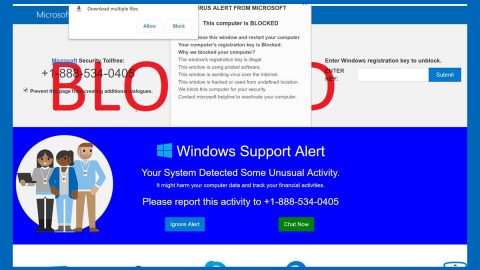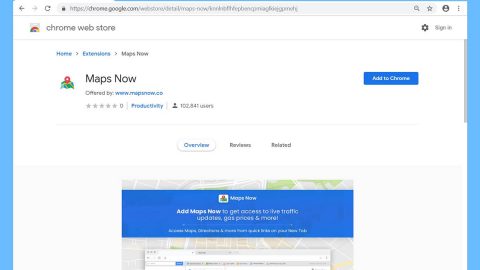This article will help you remove YeaDesktop 1.0.0.1 Verification Code Virus. The steps we are about to provide works for all versions of Windows, Google Chrome, Mozilla Firefox and even Internet Explorer.
What is YeaDesktop 1.0.0.1 Verification Code Virus?

It is an adware associated to yeadesktop.com. It fills your browsers with annoying banners, pop-ups, doubtful online offers and links that may reroute you to different sites and is very much the bane to users’ internet browsing, basically, considering its behavior, is classified as an Adware. Adware like this is famous in generating money via Pay-Per-Click scam and fill the pockets of its developers, which is why these annoying ads keep popping up.
Adware programs are being advertised as useful and can enhance your browsing experience, improve your computer’s speed, which is completely a lie to lure naïve users into the trap. For instance, it claims to be a security program to help you protect your computer from harmful threats when in fact it is the threat itself; totally contradicting. It may actually start the demise of your computer and its private information. An adware when installed especially YeaDesktop 1.0.0.1 Verification Code Virus, can monitor your activities online and use the gathered information like what’s your most visited sites, search queries and whatnot so that they’ll know exactly what to offer you in the form of Ads.
How to Uninstall YeaDesktp 1.0.0.1 Verification Code Virus (For Windows):
Step 1: Reboot your computer into Safe Mode.

Step 2: Press Ctrl+Shift+Esc at the same time

to go to the Windows Task Manager and select the Processes tab and look for any suspicious processes.

Right-click on the files, then click Open File Location and scan them using your updated antivirus. After opening their folders, end their processes and delete their folders. If the virus scanner fails to detect something that you know is suspicious, don’t hesitate to delete it.
Step 3: Press the Start key+R to launch Run and type appwiz.cpl in the search box and click OK.

It will open the Control Panel and look for the suspicious program and then Uninstall. Then click the Windows button and type msconfig in the search box and hit Enter to Open System Configuration. Go to Startup and unmark items with an unknown manufacturer.

Step 4: Press the Start key+R and type the following:
Notepad %windir%/system32/Drivers/etc/hosts
This file will open which will determine if you are hacked through a bunch of IP addresses at the bottom:

Open the start menu by clicking the Windows button and search for Network Connections using the search box and hit Enter.
- Right-click on your Network Adapter, go to Properties, Internet Protocol Version 4 (ICP/IP), then click Properties.
- The DNS line will be set to Obtain DNS server automatically.
- Select Advanced on the DNS tab, and if there is anything there, remove it and click OK.

Step 5: Removing the threat from your browsers.
Google Chrome:
- Find the Google Chrome’s shortcut on your computer and Right-click and select Properties.
- After selecting Properties, go to Shortcut, erase everything under after .exe, and click OK.

Google Chrome Properties
- Close Google Chrome and Navigate to:
C:/Users/!!!!USER NAME!!!!/AppData/Local/Google/Chrome/User Data
- Look for the folder named Default and rename it to Backup Default.
- Restart Google Chrome.
Internet Explorer:
- Launch Internet Explorer and click the Settings icon and select Manage Add-ons.
- Look for the threat and select Disable. Go to Settings, then Internet Options and change the URL to anything you use and click Apply.
Mozilla Firefox:
- Launch Mozilla Firefox, click this icon but if you can’t find this one, simply click the tab labeled Firefox and select Add-ons, then Extensions.
- Look for the adware and Remove.
Step 6: Click the Windows button, type Regedit on the search box and hit Enter. Once inside, press Ctrl+F at the same time and type in the threat’s name, right-click and remove similar entries. If it doesn’t show up, check out the following directions:
- HKEY_CURRENT_USER- -Software-Microsoft- -Windows-CurrentVersion-Run-Random
- HKEY_CURRENT_USER- -Software-Microsoft- -Internet Explorer- -Main- -Random














